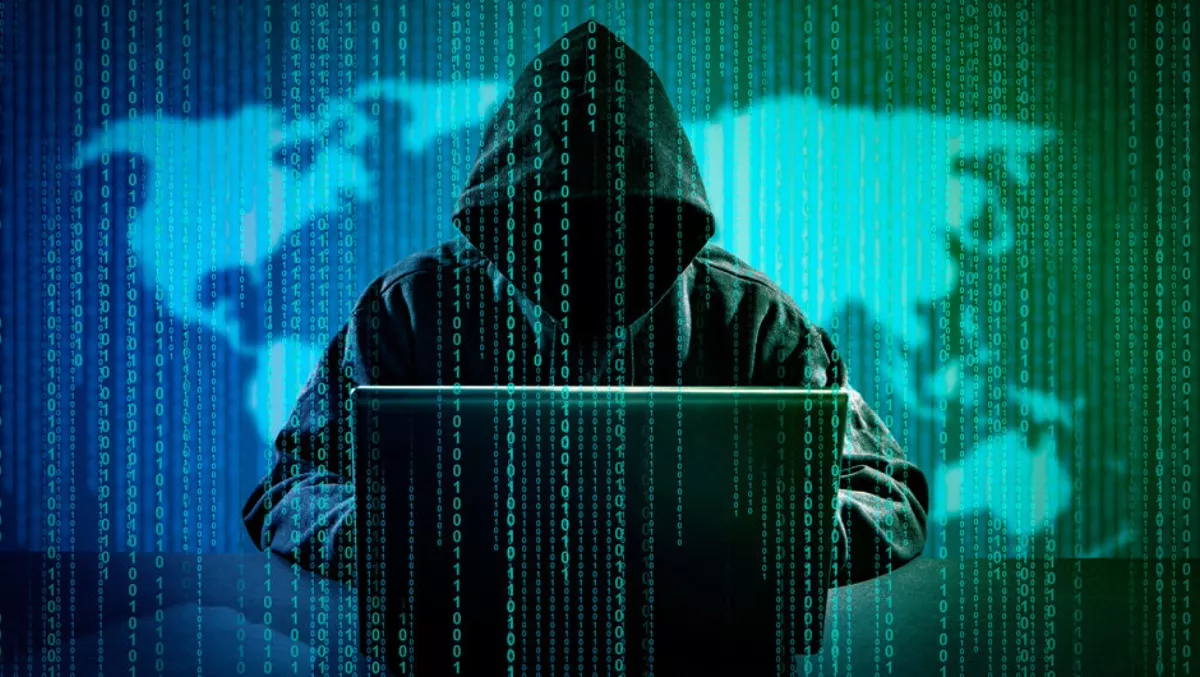
How protecting critical infrastructure starts with securing social media
In December 2017, hackers managed to close down industrial operations at a petrochemical plant in the Middle East using a form of malware called Triton.
At the time, this attack did not appear to represent a watershed.
However, in the last 12 months, attention has turned to how hackers with malicious intentions could seize control of the critical infrastructures of cities and nation states.
Recent research published by IBM, for example, discovered 17 zero-day vulnerabilities in the smart systems governing various critical city infrastructures, including in flood defences, traffic monitoring systems and radiation detection.
The research team specifically warned that a hacker could easily manipulate emergency systems to get rid of protections or dissemble alerts to warn people of catastrophic events.
The security threat to critical national infrastructure (CNI) is abundantly clear.
But the threat goes beyond research: it is a tangible reality, and there are already many concerning examples which require analysis.
Take the recent erroneous alerts regarding potential missile strikes that caused civil disruption in Hawaii and Japan.
These should serve as a call to immediately evaluate the cybersecurity procedures used to safeguard these emergency warning systems.
One of these breaches emerged from a supposedly 'innocuous' source.
Employee error and puzzling passwords wreak havoc
In the case of the fake Japanese and Hawaiian missile strikes, both alerts can be attributed to employee error.
In the Hawaii case specifically, the false alarm was sent out via Twitter.
This case was exacerbated by the fact that the governor forgot his Twitter username and password and could not log on to reassure the public fast enough.
As social media becomes a more crucial medium to communicate with the general public, and CNI attacks potentially begin to grow in prominence, all government officials who use social media for emergency communications must immediately review how they are managing these accounts to eliminate the chance that a forgotten password could delay the relaying of important information.
Reviews must also make sure that social media platforms such as Twitter, for example, are hardened to prevent hackers from hacking into these accounts to broadcast fake information - a very tangible reality in today's threat landscape.
Savvy hackers understand the power of communication platforms and have targeted social media accounts to plant false information over the years.
Take the case of the false tweet sent from the US's Associated Press Twitter handle.
This resulted in a $136.5 billion drop in the S-P 500 index's value in minutes.
Cybersecurity best practice for CNI and beyond
Government-related social media accounts used for timely or sensitive communications should be treated as CNI, subject to the same cybersecurity best practices adhered to by the energy, transportation and chemical sectors.
Government social media accounts -- like Twitter, Facebook, YouTube, LinkedIn and more - are typically shared accounts, meaning that teams of people throughout an agency have access and can post information to them.
The passwords for these accounts are commonly shared internally among team members.
This makes them easy targets for attackers or malicious insiders.
The shared nature of these accounts also means there is no record kept of who posted what when -- making a deliberate false alert a tangible reality.
To add to the headache, passwords used to "secure" these accounts are rarely changed and typically used across multiple accounts.
By treating these accounts as privileged, organisations can be safe in the knowledge that a simple forgotten password doesn't delay communications, while also hardening these platforms against external hacks.
Managing credentials for access and control over CNI
To properly secure and protect social media accounts, agencies must employ best practices for privileged account security, including:
- Enable transparent access: Authorised users must be able to seamlessly authenticate to an account without knowing their passwords, making it harder for hackers to uncover and steal credentials. This kind of access would have given Hawaii's governor immediate access to his account to confirm that the missile alerts were false.
- Eliminate shared credentials: Storing passwords in a digital vault requires users to login individually for access, eliminating the accountability challenges of shared credentials.
- Automate password changes: Changing privileged credentials ensures attackers can't use old passwords across systems. Automating password changes regularly also updates access privileges, reducing the chance of an outsider stealing and using a valid credential.
- Audit account activity: By creating a record of activity on social media accounts, all posts can be traced back directly to an individual authorised user, making it easy to identify employees who may be posting harmful content.
The false alarms in Hawaii and Japan shine a spotlight on the significant amount of trust that the government, organisations and civilians put into social media as a credible and dependable form of mass communication.
At the same time, they're prime examples of what can go awry when these trusted social sites aren't managed properly.
The incident in Hawaii, in particular, should motivate agencies to take steps to guard against these same avoidable mistakes.
Most importantly, it's a call to action to proactively protect social media against threats both nefarious and accidental, especially in the age of rising CNI attacks and greater public awareness of them.

